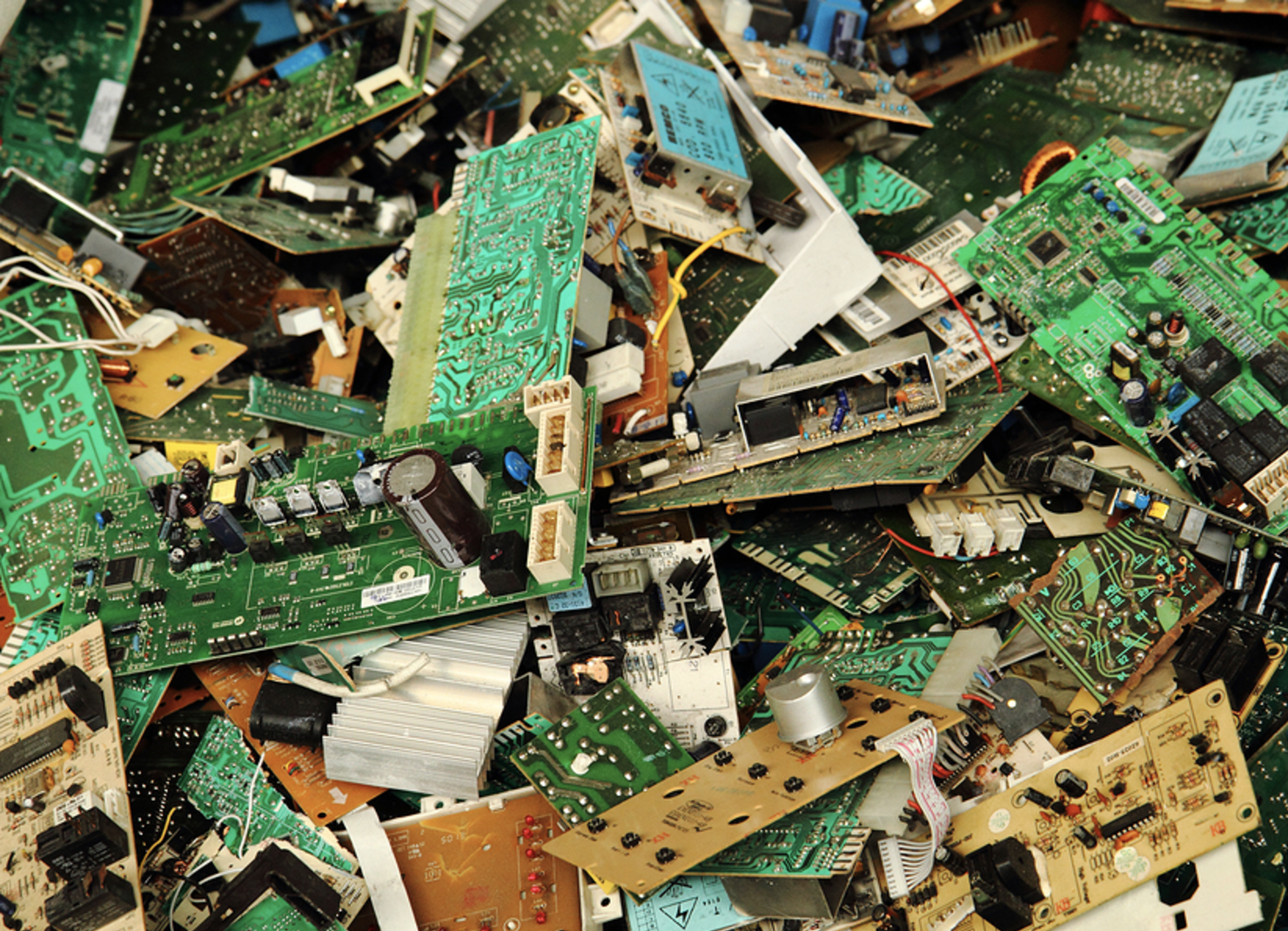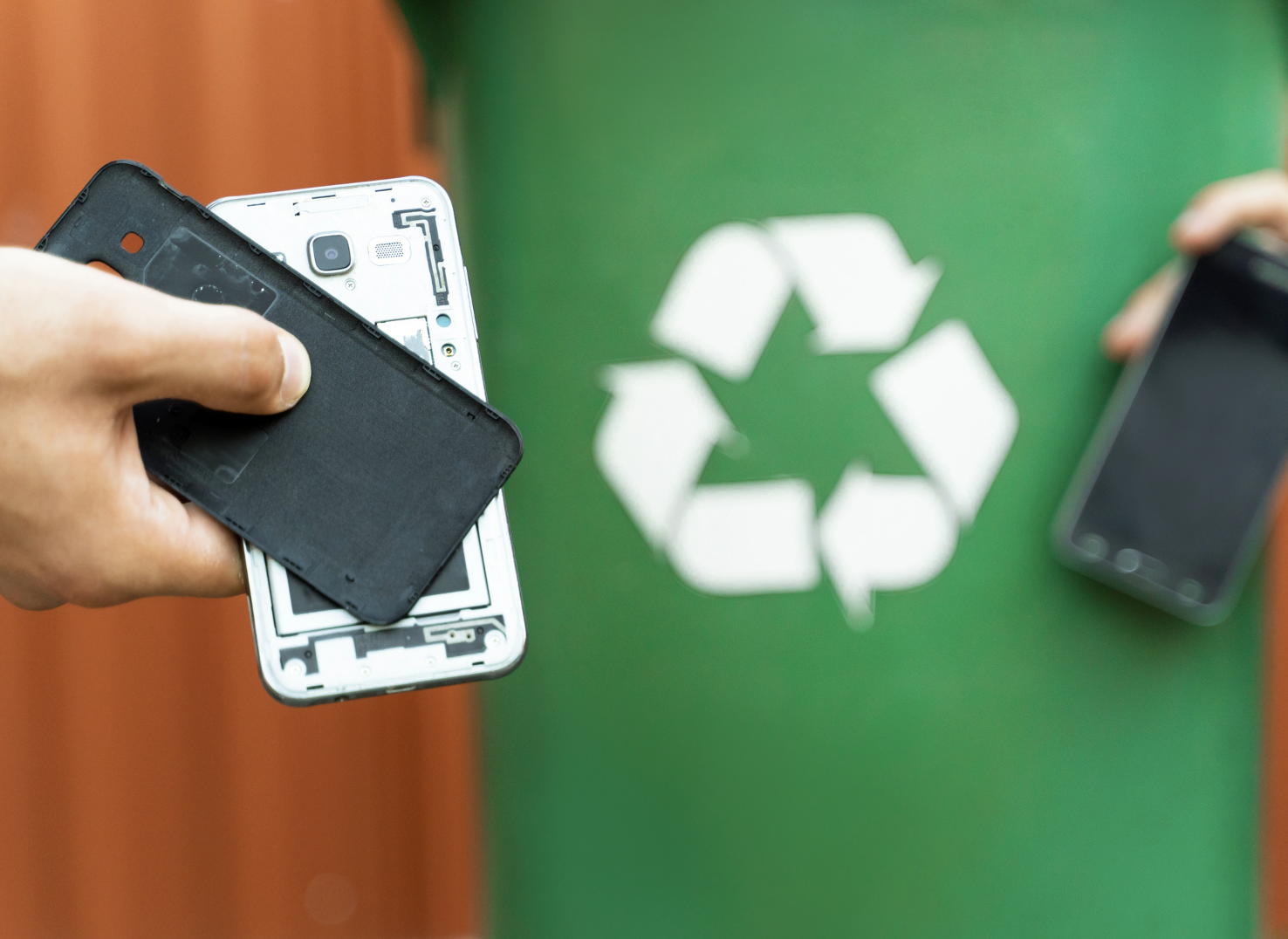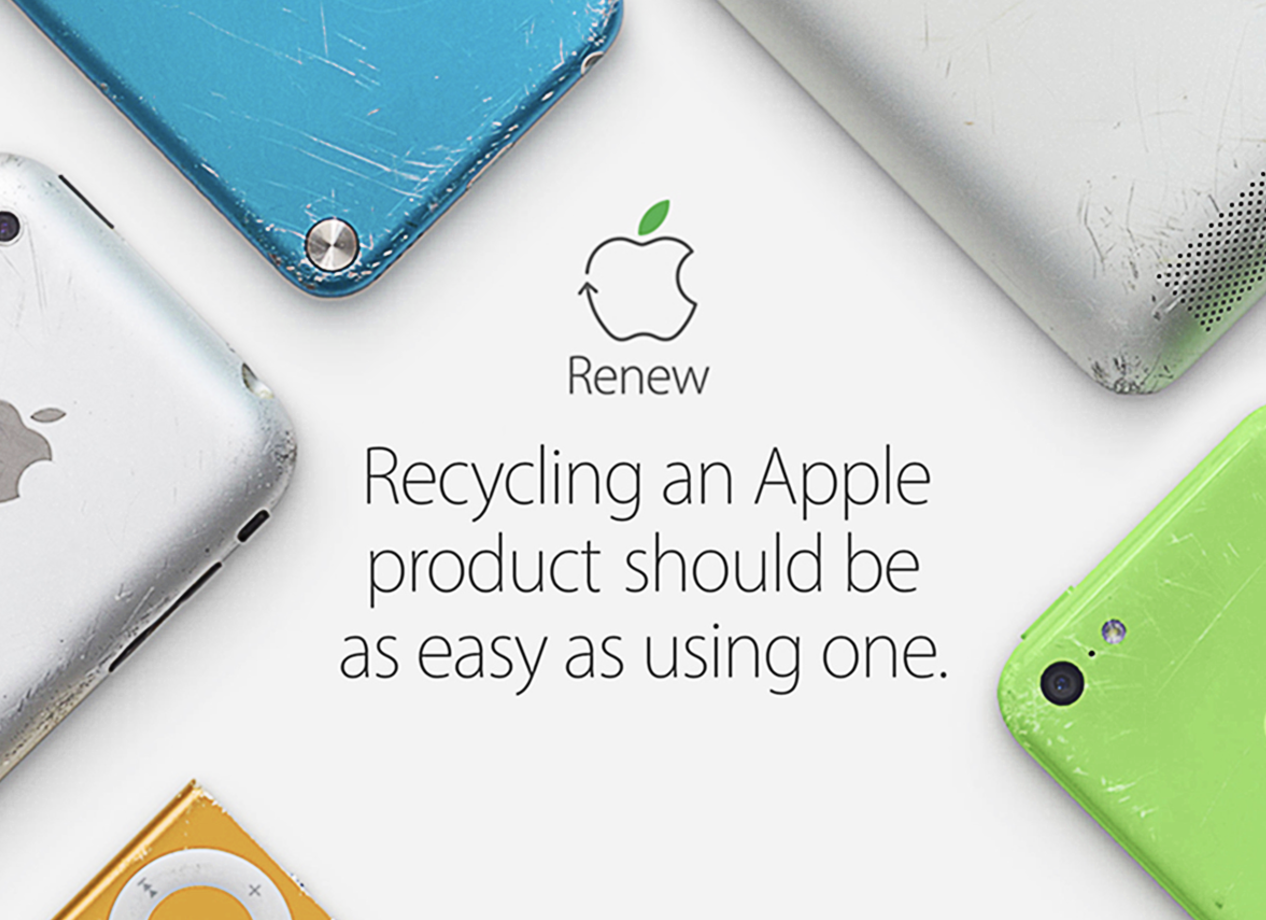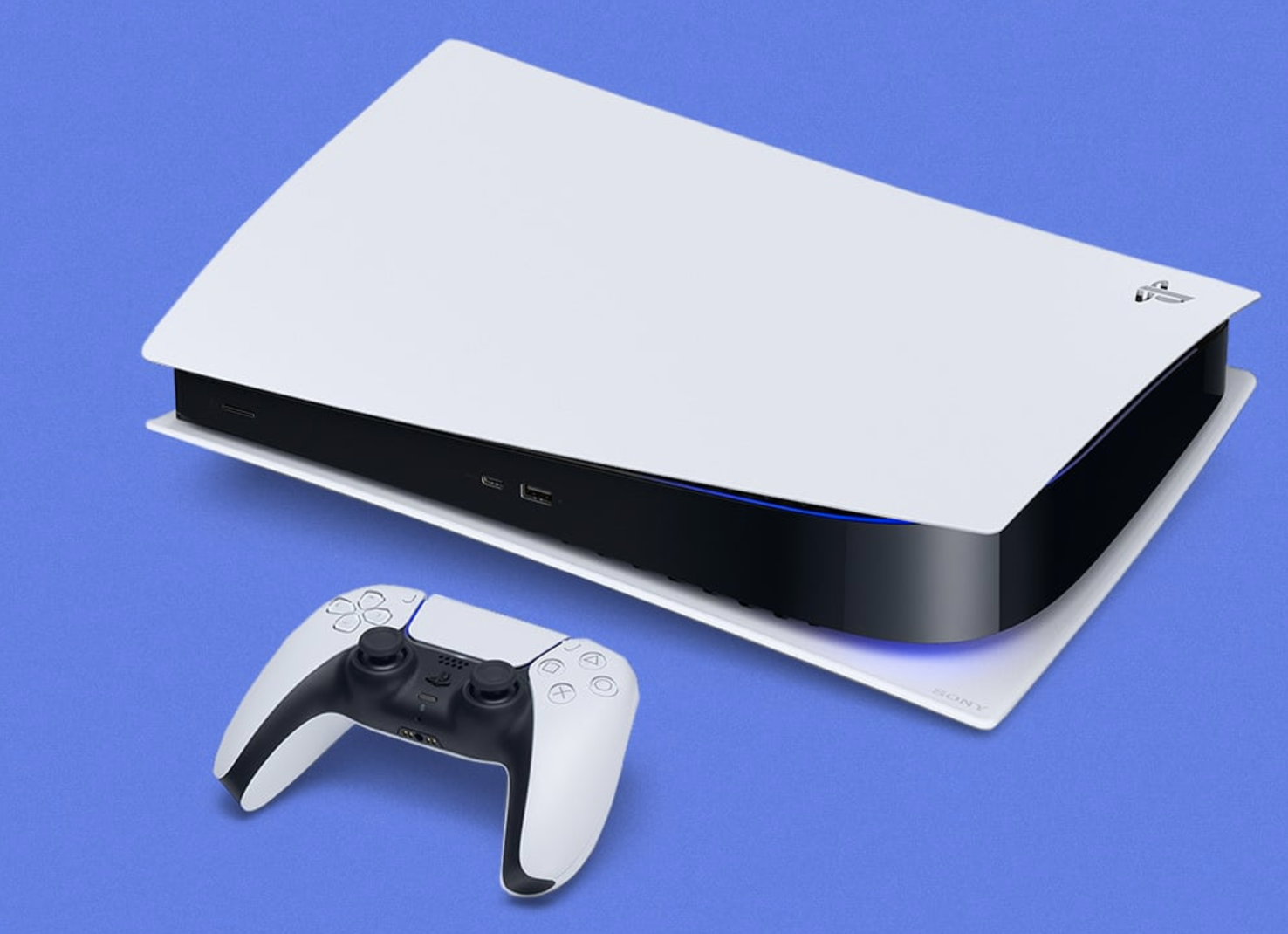
The gaming industry has undergone a meteoric rise, evolving from simple 8-bit consoles into a multi-billion-dollar ecosystem of immersive virtual worlds. Yet, with this growth comes a pressing environmental concern: electronic waste (e-waste). In 2023, the world generated approximately 53.6 million metric tons of e-waste, and the gaming sector contributes a significant portion due to frequent hardware updates, obsolete consoles, and disposable peripherals. This article explores the intersection of gaming and e-waste, examines its challenges, and highlights sustainable solutions to mitigate its impact.

Understanding Gaming’s Contribution to E-Waste
Obsolescence and Turnover: Gaming hardware is often designed with planned obsolescence. The life cycle of gaming consoles averages about 5-7 years before they are replaced by newer models with enhanced capabilities. For example, the release of the PlayStation 5 and Xbox Series X rendered older consoles like the PS4 and Xbox One increasingly obsolete, prompting many to discard their outdated devices.
Peripherals and Accessories: Gaming peripherals such as headsets, controllers, VR headsets, and keyboards are often discarded at a high rate. Most of these products are made from non-recyclable plastics and contain electronic components like batteries and circuit boards, which contribute to hazardous waste.
PC Gaming and Customization: PC gaming, though celebrated for its modularity, also contributes significantly to e-waste. Gamers frequently upgrade GPUs, motherboards, and other components to keep up with the demands of newer games, leading to a steady stream of discarded parts.
Limited Recycling Options: Unlike general electronic devices, gaming hardware has limited recycling pathways. Specialized materials and proprietary designs complicate recycling efforts, while many gamers are unaware of responsible disposal methods.
 The Environmental Toll of Gaming E-Waste
The Environmental Toll of Gaming E-Waste
The environmental impact of gaming e-waste extends far beyond physical landfills. Here are some critical areas of concern:
- Toxic Leachates: Discarded gaming hardware often ends up in landfills, where hazardous substances like lead, mercury, and cadmium leach into the soil and groundwater, posing severe health risks.
- Carbon Footprint: Manufacturing gaming hardware involves resource-intensive processes. Mining for rare earth metals, production, and global shipping collectively emit significant greenhouse gases.
- Resource Depletion: Key materials like gold, cobalt, and palladium used in gaming devices are finite. Their extraction not only harms ecosystems but also raises concerns about the future availability of these resources.
- Export of E-Waste: Much of the world’s e-waste is exported to developing nations, where informal recycling processes expose workers to toxic substances and degrade local environments.
 Sustainable Solutions for Gaming and E-Waste
Sustainable Solutions for Gaming and E-Waste
The gaming industry and its stakeholders, from manufacturers to gamers, have a pivotal role in driving sustainability. Below are actionable strategies to address the e-waste challenge:
1. Extended Product Lifespan: Manufacturers should design consoles and peripherals for durability and repairability. Initiatives like modular designs can allow users to replace faulty components instead of discarding entire devices. Companies like Framework have demonstrated the feasibility of modular laptops—an approach that could inspire gaming hardware design.
2. Embracing Circular Economy: Game companies can adopt a circular economy model where products are reclaimed, refurbished, and reintroduced into the market. Apple’s recycling program, which disassembles devices to recover valuable materials, could serve as a model for the gaming sector.
 3. Software Optimization: Developers can reduce the demand for frequent hardware upgrades by optimizing games for existing hardware. Games that run efficiently on older systems reduce the pressure to purchase newer devices, extending hardware lifespans.
3. Software Optimization: Developers can reduce the demand for frequent hardware upgrades by optimizing games for existing hardware. Games that run efficiently on older systems reduce the pressure to purchase newer devices, extending hardware lifespans.
4. Recycling Initiatives: Retailers and manufacturers should expand take-back programs for used gaming hardware. Programs like Sony’s Green Management 2025 and Microsoft’s sustainability goals emphasize product recycling and material recovery.
5. Promoting Digital Gaming: While digital gaming eliminates the need for physical discs, it’s essential to consider the energy impact of data centers and servers. Investing in green energy for gaming servers can mitigate the carbon footprint of digital gaming platforms.
6. Educating Gamers: Gaming communities are passionate and influential. Raising awareness about the environmental impact of e-waste and promoting sustainable behaviors—like repairing instead of replacing or donating unused consoles—can drive cultural change.
Case Studies in Gaming Sustainability
Microsoft’s Xbox Sustainability Goals
Microsoft has committed to becoming carbon-negative by 2030. Its Xbox consoles now include recycled resins, and the company is developing energy-efficient systems to reduce power consumption during gameplay and standby modes.
Nintendo’s Repair Programs
Nintendo offers repair services for its consoles and encourages users to extend the life of their devices. By supporting repairs instead of replacements, Nintendo reduces its contribution to e-waste.
PlayStation’s Digital-Only Consoles
Sony’s introduction of the PlayStation 5 Digital Edition eliminates the need for physical game discs, reducing plastic waste. The company is also working to integrate recycled plastics into its hardware.
Razer’s Green Initiatives
Razer, a leading gaming peripherals brand, launched its sustainability initiative #GoGreenWithRazer, pledging to use 100% recycled materials in all products by 2030.
The Role of Gamers in Reducing E-Waste
As end-users, gamers play a critical role in reducing gaming-related e-waste. Here are some ways gamers can contribute:
- Buy Responsibly: Opt for durable, eco-friendly products from brands committed to sustainability.
- Repair and Reuse: Before discarding hardware, explore repair options or pass them on to someone else.
- Recycle Properly: Use certified e-waste recycling centers to dispose of old gaming gear.
- Advocate for Change: Use social media and gaming forums to demand sustainable practices from manufacturers.
- Reduce Energy Consumption: Configure consoles and PCs for energy efficiency and unplug devices when not in use.
Building a Sustainable Future for Gaming
The gaming industry stands at a crossroads: it can either continue contributing to the mounting e-waste crisis or pioneer sustainable innovation. By embracing circular economy principles, designing eco-friendly hardware, and educating its vast community, the industry has the power to create lasting change.
For gamers, choosing sustainability is not just about reducing waste—it’s about preserving the very ecosystems that inspire so many of our favorite games. Together, manufacturers and players can level up to a future where gaming and environmental stewardship go hand in hand.




